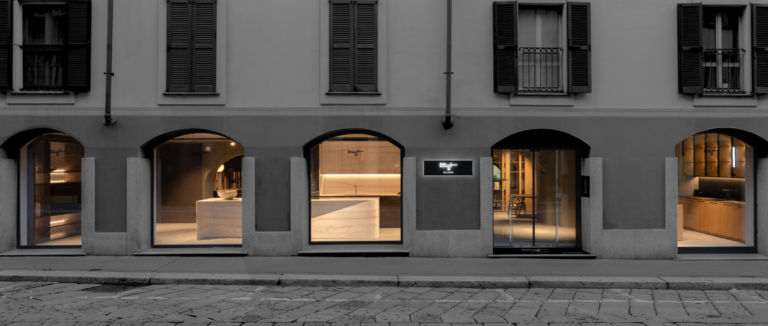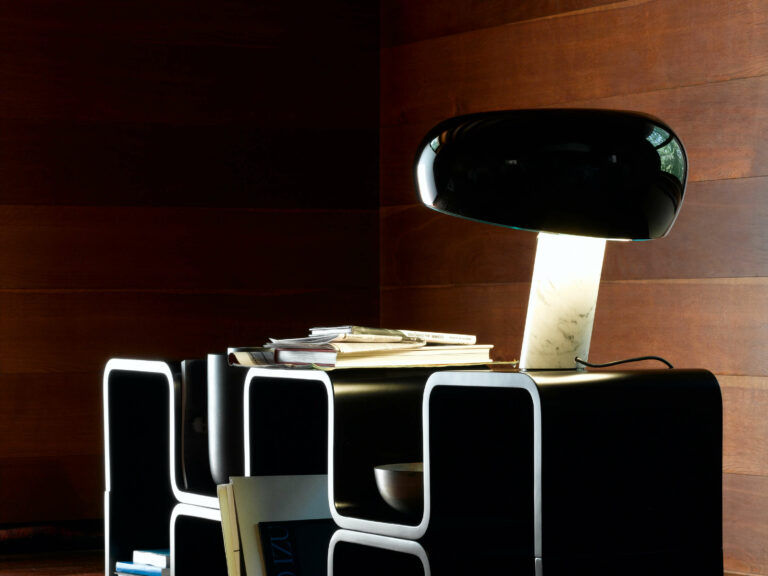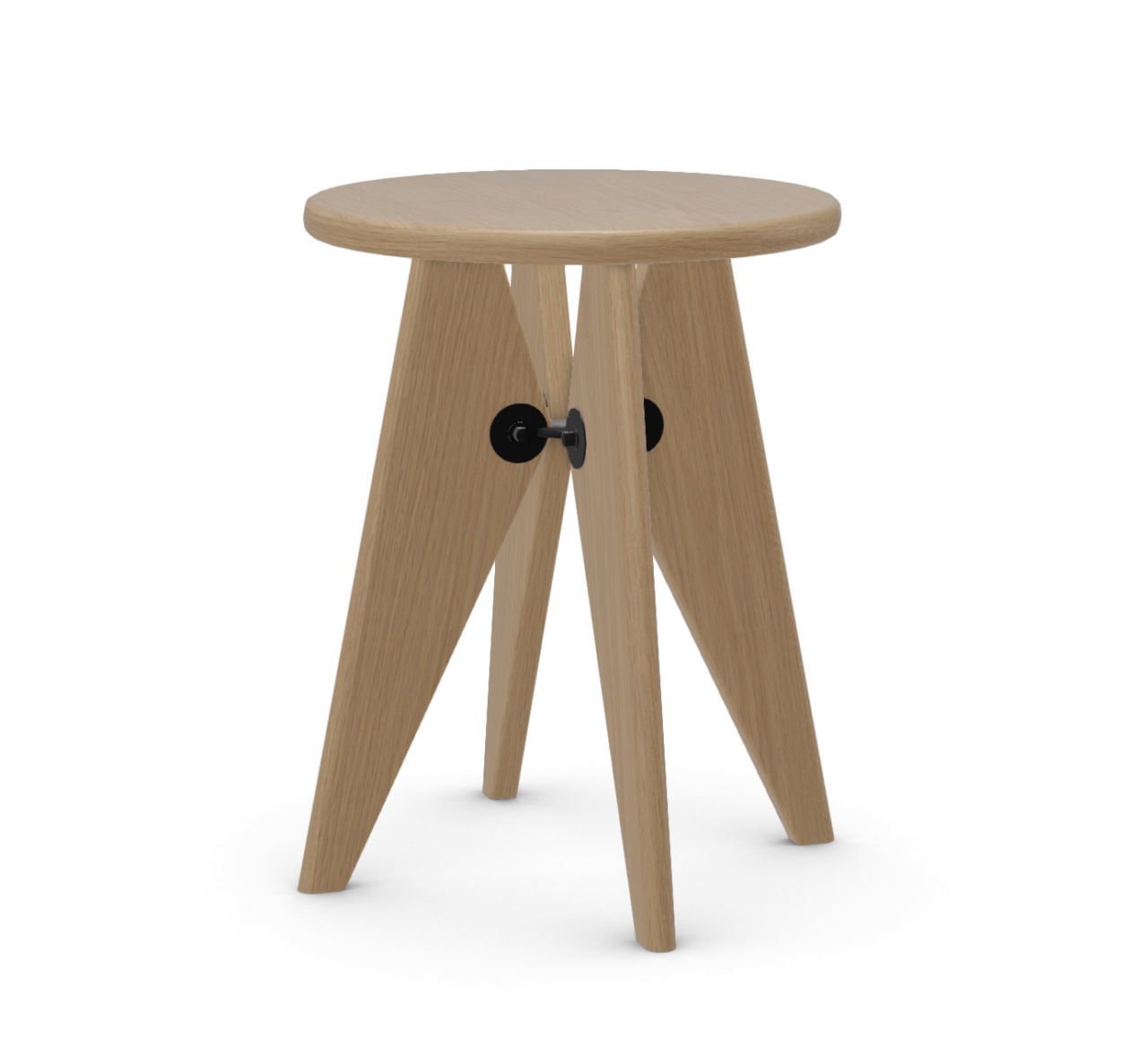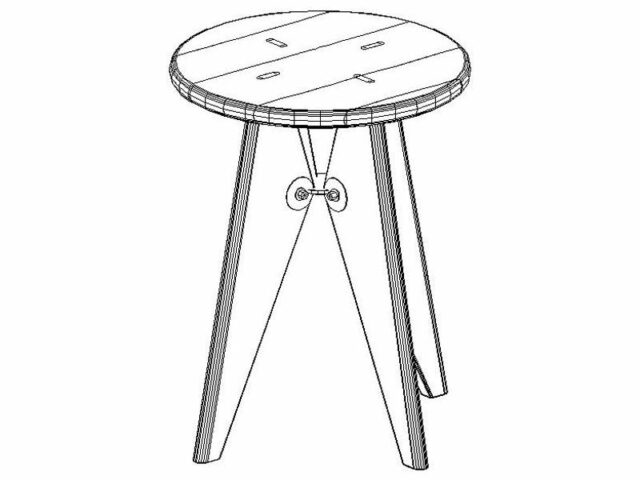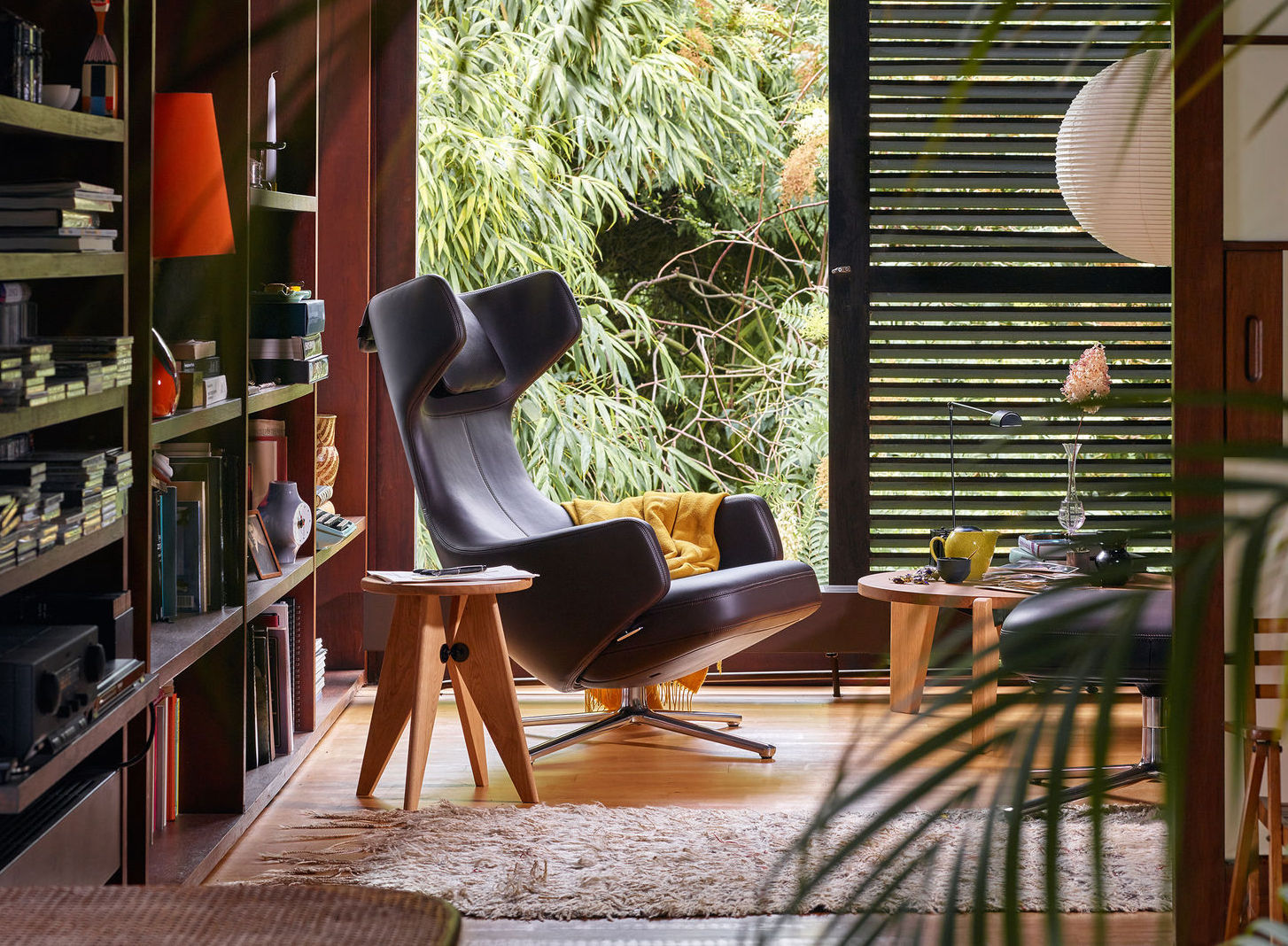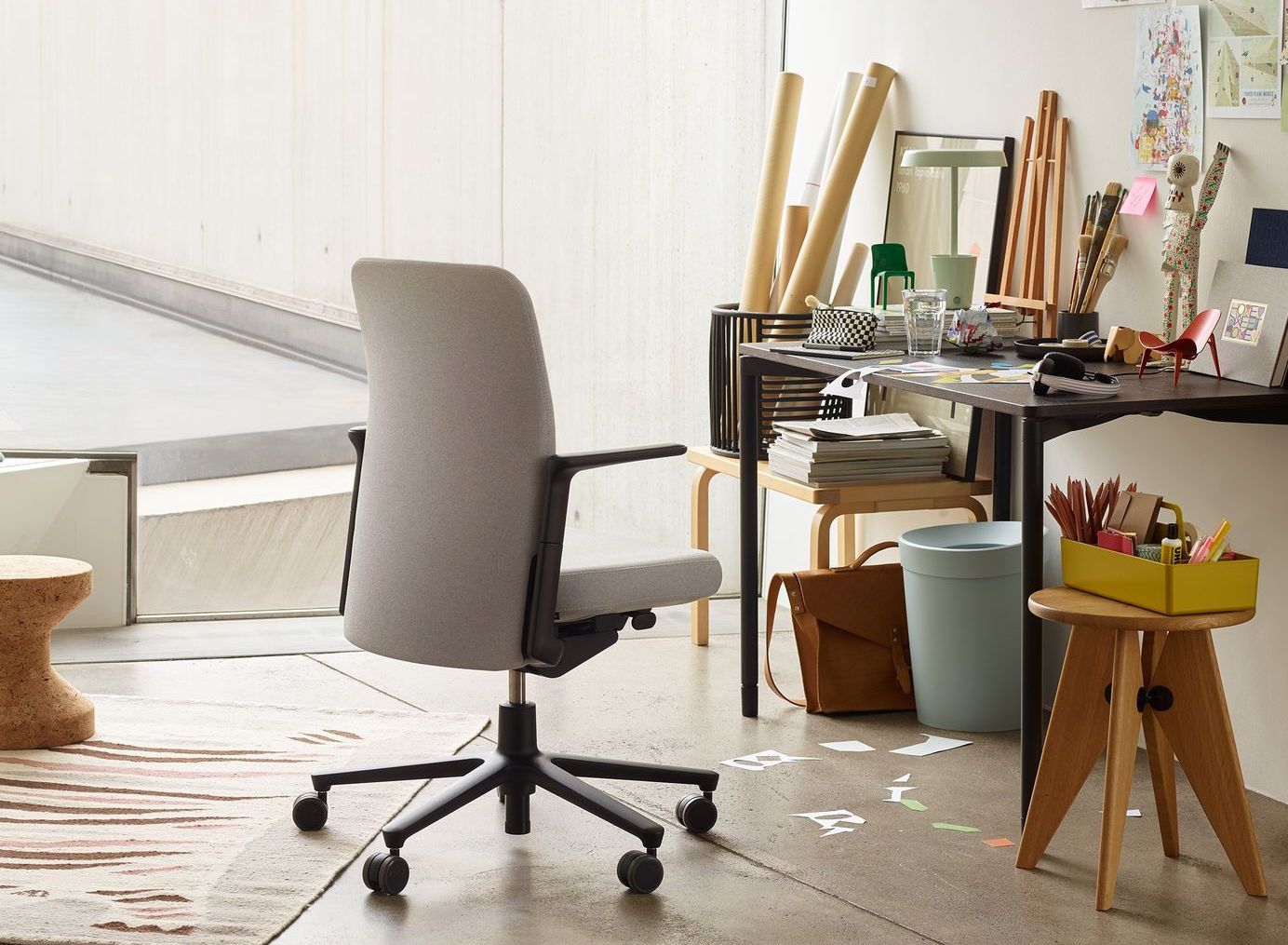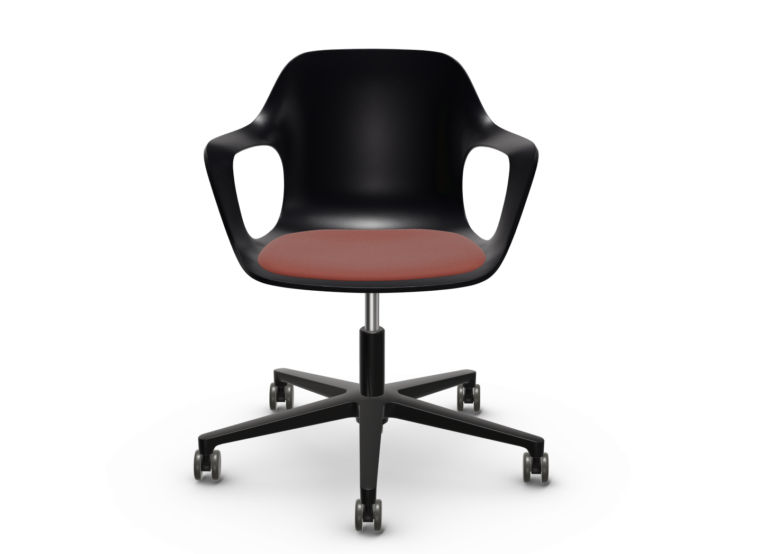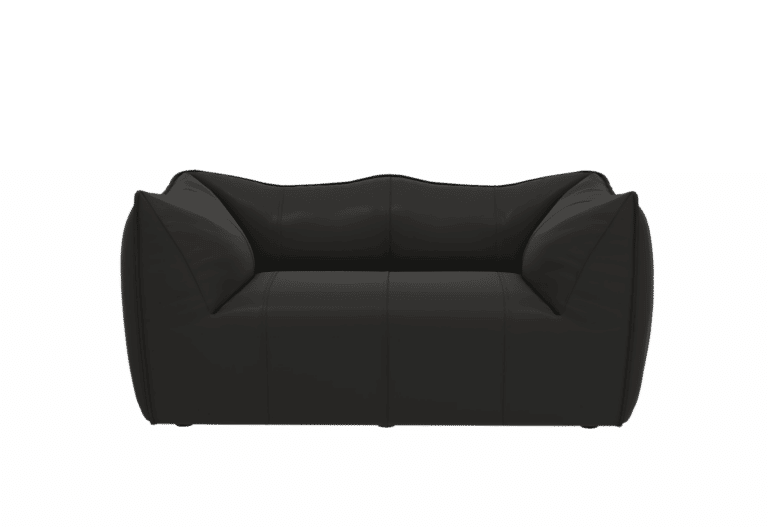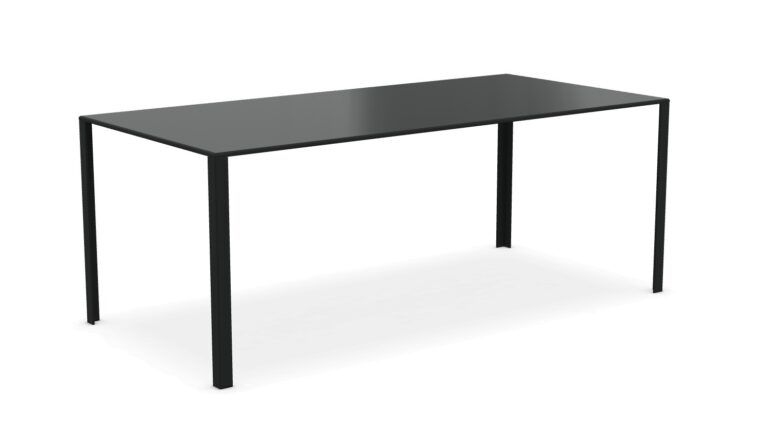
Tabouret Solvay
Information
Wood as essence in design
The wooden stools, Tabouret Solvay, were designed in 1941 by French designer Jean Prouvé.
During the Second World War, the scarcity of materials such as steel made it necessary to use wood to realise Jean Prouvé's design of Tabouret Solvay. These wooden stools, characterised by a robust and versatile structure, fit perfectly into any domestic environment. Thanks to their refined design, they convey a sense of order and elegance even when used as simple object holders. These high-design stools are true masterpieces of craftsmanship that combine artisanal skill with the dynamism of mass production. The choice of wood as a material, in addition to being dictated by the needs of war, has resulted in a durable and sustainable product. Tabouret Solvay has become an icon of modern design and continues to be appreciated for its timeless aesthetics and impeccable functionality.
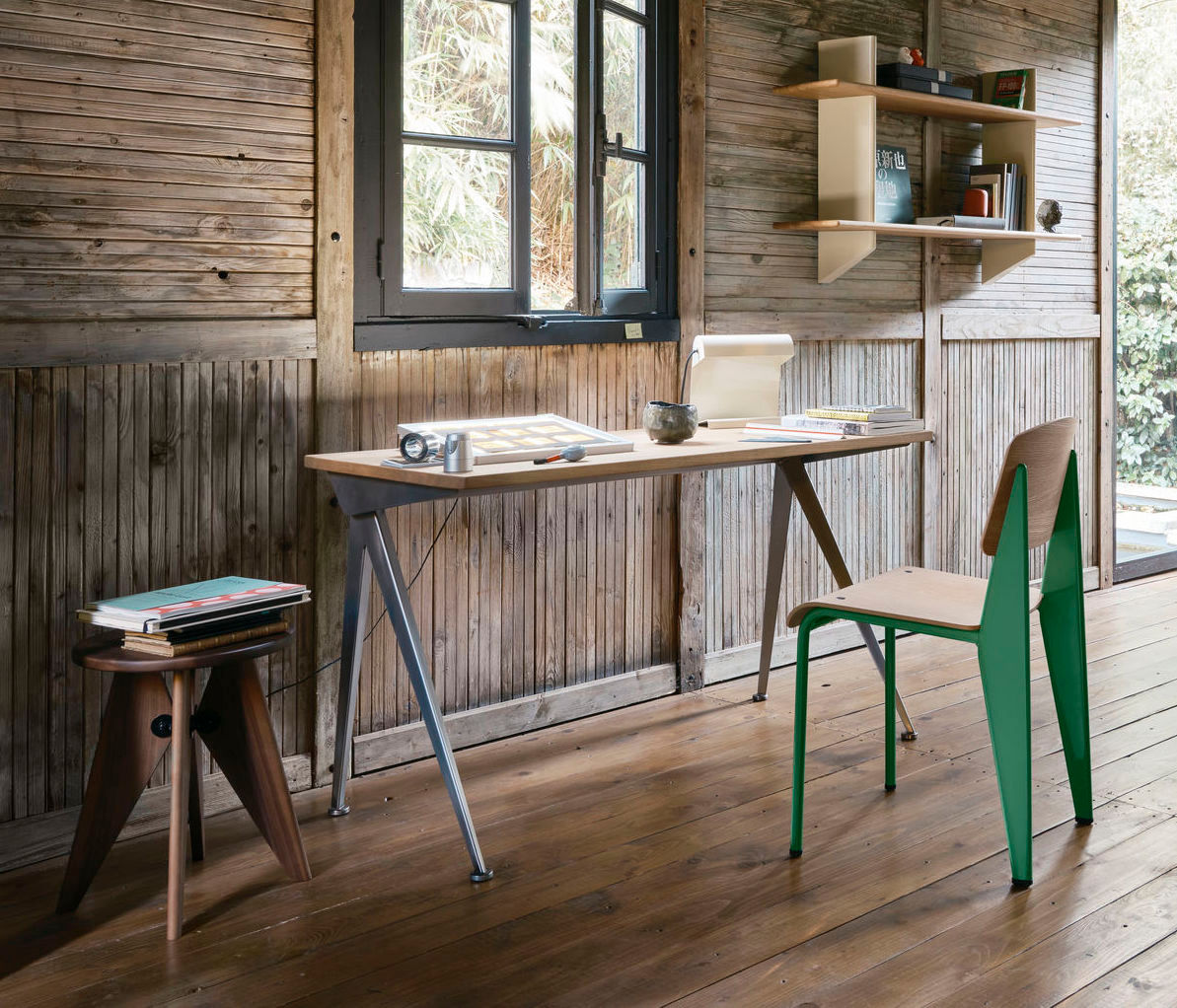
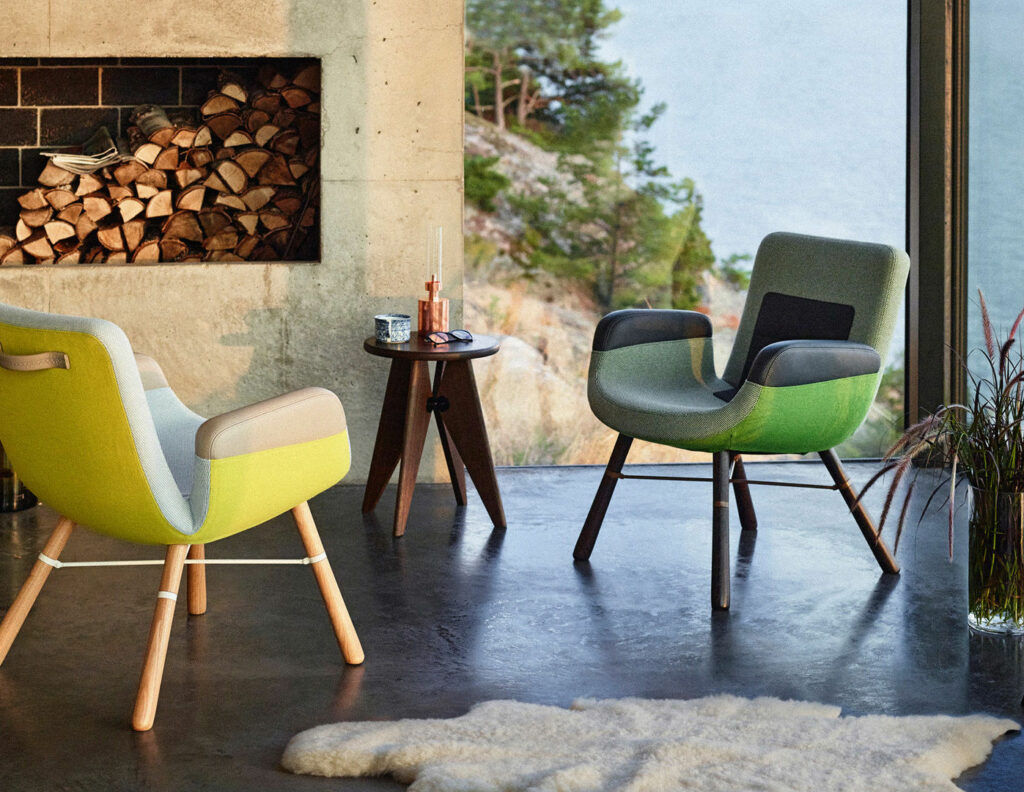
The missing place
The stool that enhances space
Tabouret Solvay is the perfect solution for optimising the space in a home environment. Thanks to its compact shape and durable wooden frame, this stool can be used as a practical third seat in a relaxation area, perfect for hosting an extra guest or creating an informal conversation zone. Its minimalist shape makes it versatile and easy to match with any style of furniture, and the beauty of the wood gives it a warm and cosy look.
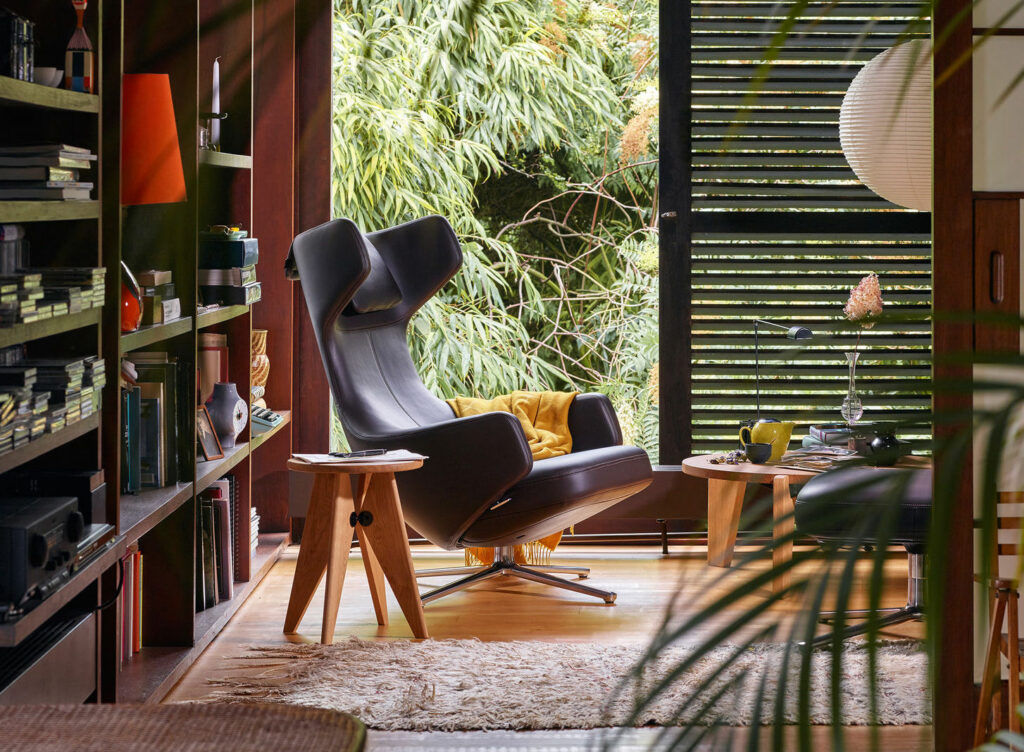
Craftsmanship
The vitality of wood throughout history
The design stool reflects the absolute beauty of nature. The materials it is made of: the careful craftsmanship, which enhances every detail, makes the stool a unique design element. elegance, simplicity and rationality are the sensations evoked by this iconic contemporary design stool.
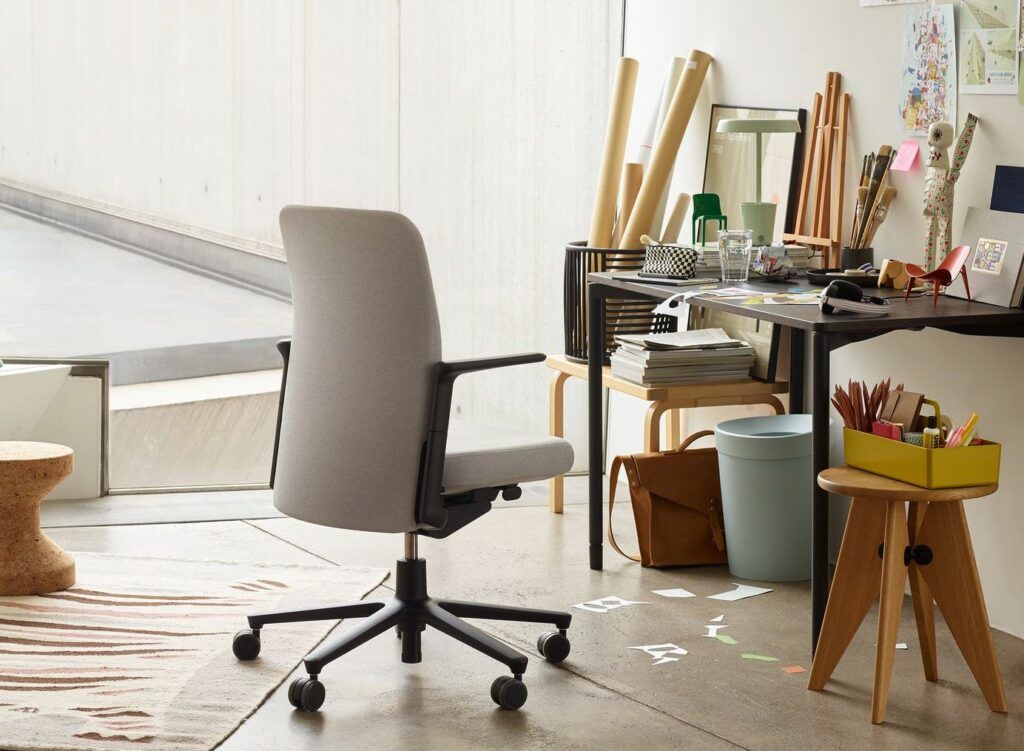
The desk support
The versatile and functional design stool
Tabouret Solvay is a wooden design stool that is perfect for use as a support next to a desk. Thanks to its robust and resistant structure, it lends a sense of order to a home workstation. Moreover, its minimalist design harmonises perfectly with other design accessories in the same room, making it a functional and elegant piece of furniture.
Information
The vitality of wood in design during the Second World War.
During the Second World War, the production of high-end furniture was slowed down: due to the impossibility of finding the most sophisticated materials, designers had to find alternative solutions to shape their designs.
In this context, wood became the favoured choice for quickly and inexpensively producing many household objects: in particular, wood was used to develop designer chairs, stools, tables and coffee tables. Charles and Ray Eames were pioneers: in a flat in Los Angeles in 1941 they began the first experiments, using plywood in their designs. On the other side of the world, in Nancy, France, the architect Prouvé introduced wood into his creations to make up for the shortage of steel, which was mainly used for the production of weapons.

Request information
Need advice? Ask our experts
Discover Peverelli's consultancy in the field of furniture and interior design, a complete and tailor-made service by professionals.
Need information on a specific product?
We provide you with all the details and technical specifications for the individual articles or furnishing accessories you are interested in, helping you to resolve any possible doubts.
Would you like advice on furnishing an entire room?
Our interior design consultants can draw up an interior design project for the individual room you wish to renovate within your home, complete with proposals for products, styles and materials.
Can we help you furnish your home?
If you need to design a complete furnishing for your home, you can rely on the competence and experience of Peverelli's interior designers, who will listen to your wishes and translate them concretely into ideas and furnishing products.
